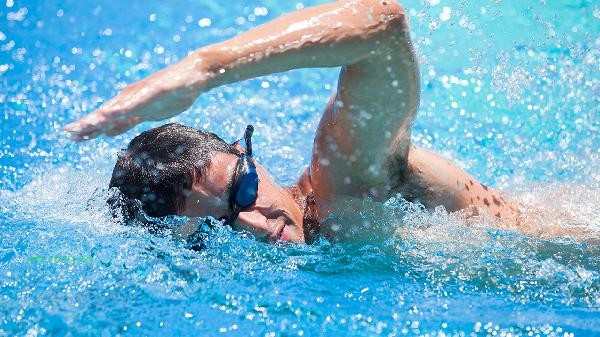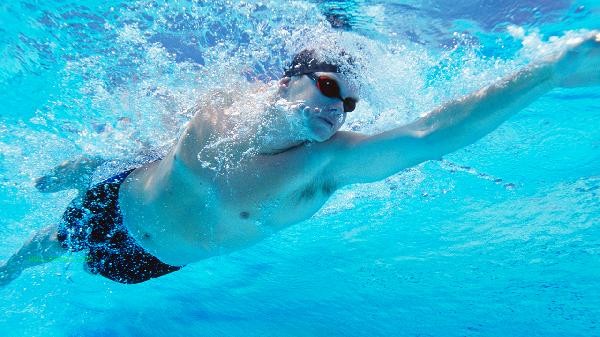Moderate eating before swimming is more scientific than fasting or being full. Fasting may lead to hypoglycemia, while being full can easily cause gastrointestinal discomfort. The energy consumption and digestive system status during swimming need to be balanced, and the specific choice should be based on the intensity of exercise and individual physique. When swimming, the body needs sufficient energy to maintain exercise, and completely fasting may lead to low blood sugar, dizziness, fatigue, and other symptoms, especially for people with weak blood sugar regulation ability, the risk is greater. It is recommended to eat a small amount of easily digestible carbohydrates such as bananas and whole wheat bread 1-2 hours before swimming, which can provide sustained energy without increasing gastrointestinal burden. At the same time, attention should be paid to avoiding high-fat and high protein foods, which take a long time to digest and may cause stomach bloating during swimming. Overeating before swimming may cause discomfort such as acid reflux and nausea due to water pressure acting on the abdomen. It is not advisable to engage in moderate to high-intensity swimming within 2 hours after finishing a meal. At this time, blood is concentrated in the gastrointestinal tract for digestion, and insufficient blood supply to muscles can easily lead to cramps or sports injuries. But if only low-intensity water play activities are carried out, consuming a small amount of liquid foods such as yogurt, fruit and vegetable juices, etc. is relatively safe. People with a history of gastroesophageal reflux disease need to strictly control the interval between postprandial swimming.

Diet before and after swimming should be personalized according to the duration and intensity of exercise. It is recommended to choose low glycemic index foods as energy sources and replenish water and electrolytes in a timely manner after exercise. Long term swimming exercisers can consult a nutritionist to develop a dietary plan that alternates swimming time with meal times to avoid a state of empty or full gastrointestinal tract during exercise. At the same time, regular monitoring of blood sugar, blood pressure, and other indicators can be conducted to evaluate physical adaptability.








Comments (0)
Leave a Comment
No comments yet
Be the first to share your thoughts!